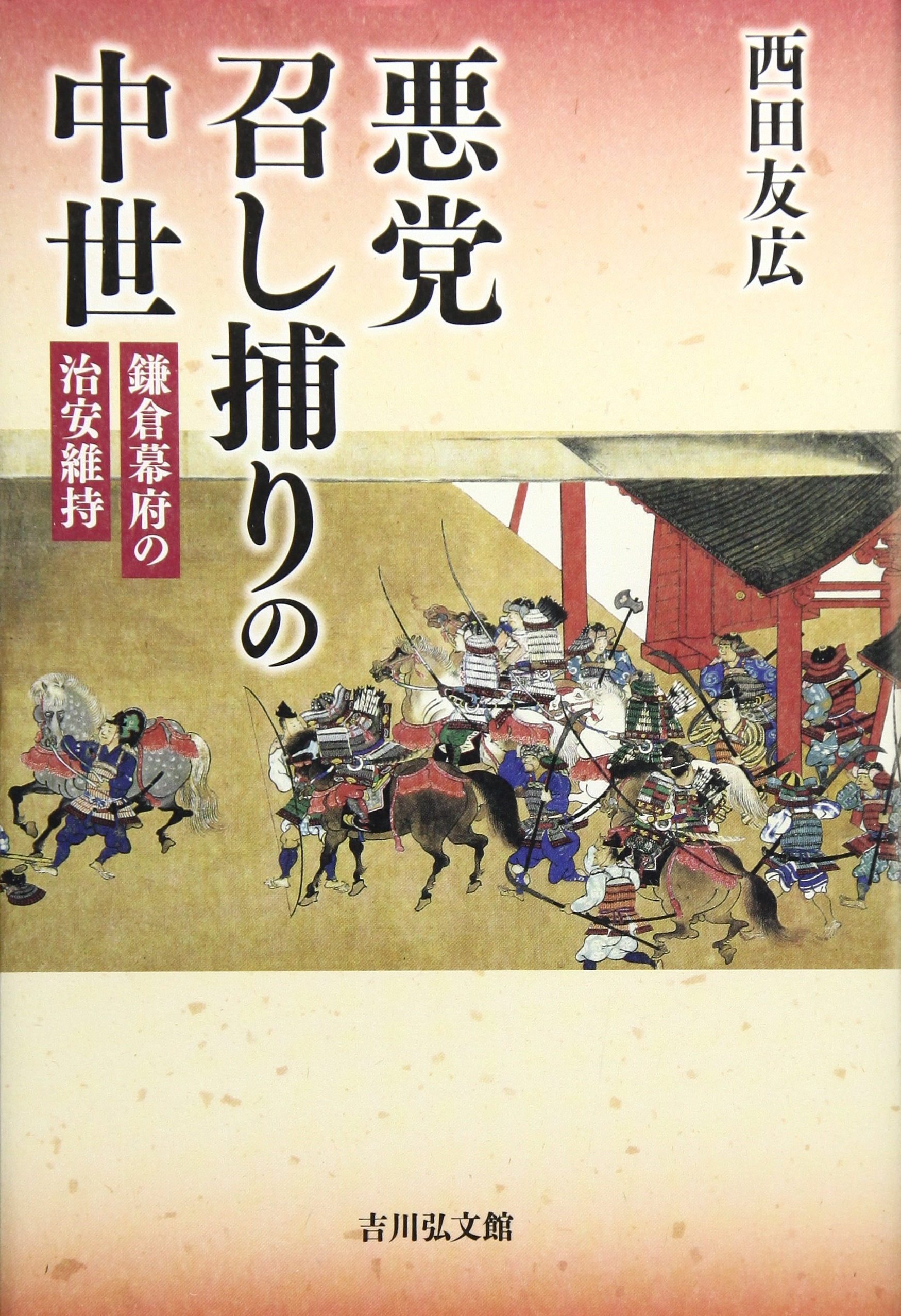
Title
Japanese Classics for Beginners Azuma kagami
Size
784 pages, paperback edition
Language
Japanese
Released
November 20, 2021
ISBN
9784044004071
Published by
KADOKAWA
Book Info
See Book Availability at Library
Japanese Page
The Azuma kagami is a historical work that records the history of the Kamakura shogunate in a diary format, and it is thought to have been compiled in the latter part of the Kamakura period by members of the Kamakura shogunate as the annals of individual shoguns.
It records events from 1180, when Minamoto no Yoritomo, who became the first shogun, received orders from Prince Mochihito to subjugate the Taira clan and took up arms against them, until 1266, when Prince Munetaka, the sixth shogun, was sent back from Kamakura to Kyoto (although records for about ten years are missing). In concrete terms, it describes the establishment of the Kamakura shogunate, the activities of warriors who gathered under its aegis, the politics of the shogunate and ceremonial events over which it presided, exchanges with the imperial court, and various events that occurred in and around Kamakura, and it is an indispensable source for considering the history of the Kamakura shogunate and the Kamakura period.
Tokugawa Ieyasu, who established the Edo shogunate, was a keen reader of the Azuma kagami, and whereas until then there had only existed hand-copies, he had it printed. As a result, it came to be widely read.
In addition, Dazai Osamu’s novel Minister of the Right Sanetomo describes the life of the Kamakura shogunate’s third shogun, Minamoto no Sanetomo, through the words of a warrior who served as one of his aides, and the style of the Azuma kagami, which is quoted frequently and describes events with indifferent objectivity, forms a fine contrast with the style of the warrior’s narration and would seem to lend variation to the pace of the novel as a whole.
When compared with the Heike monogatari, the Azuma kagami may not be so familiar to the general public, but with its succinct style it is a most interesting and fascinating work. However, it is a massive work written in a distinctive Japanized form of classical Chinese, and some training and effort are required in order to read it from beginning to end. Furthermore, while the original text, a rendering in pseudo-classical Japanese, and a modern translation have in the past been published separately, until now there had been no publication that combined all three of these.
Accordingly, in this book one or more entries for each year have been selected from the Azuma kagami, with a focus on events that are important for tracing the history of the Kamakura period or considering society during this period. In the case of those years for which there are no entries in the Azuma kagami, accounts of the main events have been added. By reading this book, one should be able to gain a grasp of the overall flow of the history of the Kamakura shogunate as described in the Azuma kagami.
For the entries included in this book, there have been provided a translation in modern Japanese, a pseudo-classical rendering with phonetic transcriptions of Chinese characters, word glosses, explanatory comments, and the original text with reading marks. Efforts have been made to make it readily understandable to people about to read the Azuma kagami for the first time and also to allow this book to be used for practising to read historical sources written in a Japanized form of classical Chinese. For this reason, many entries that quote various documents have been selected for inclusion in this book. I hope that, with this book serving as an entry point, readers will gain a sense of the appeal of the Azuma kagami and the appeal of reading historical sources.
(Written by NISHITA Tomohiro, Associate Professor, Historiographical Institute / 2022)



 Find a book
Find a book


 eBook
eBook



